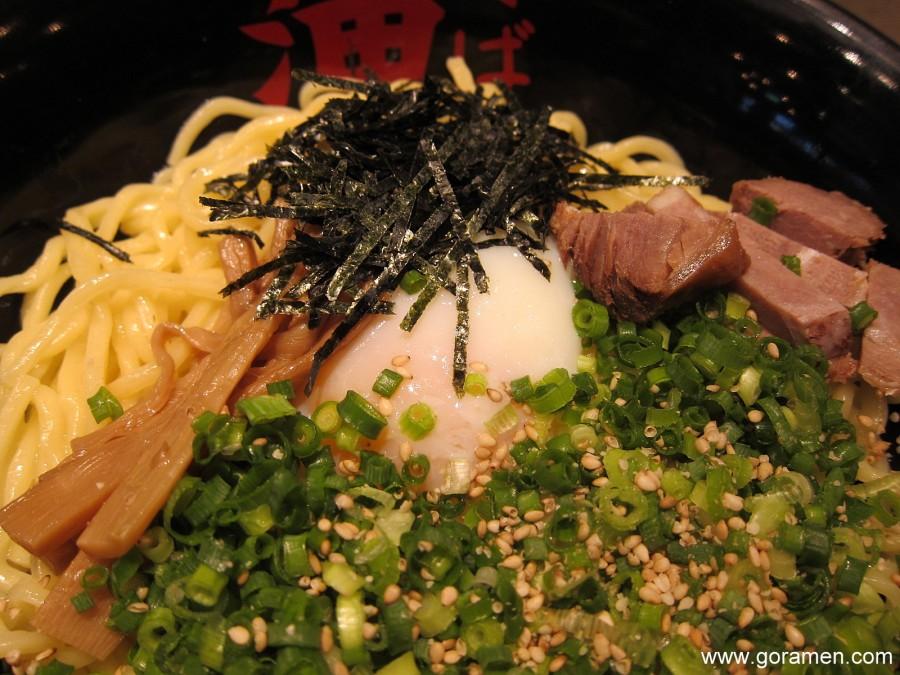The Latest Ramen Adventure at Abura Soba
At ‘Abura Soba’ Here, one of the most popular choices is the crunchy onions combined with the smoothness of the noodles.
Tucked in a cozy corner along the Hiroo shopping street is a dark-black-but-tiny shop, illuminated in big, bold, red letters scribbled ‘油そば ‘ (abura-soba). My initial reaction was a blend of bewilderment and amusement supported by the raising of my eyebrows. Abura soba? Oil noodles? I decided to drag my friends into the shop and experiment.
Technically, abura soba can be categorised as ramen. The ramen has three layers: the base, which consists of strongly-flavoured chicken stock; the noodles; and the traditional toppings–a necessity for every bowl of ramen (like frosting on cake). However, abura soba is actually ramen without soup. Instead, the soup is replaced by various mild sauces, all oil-based, usually consisting of vinegar and spices. This specific oil type is said to have medicinal properties, which filter and cleanse waste products from the organs. However, classic ramen seasonings, such as half-boiled eggs, nori, churshue, spring onions, menma, and purple sprouts, can be added or removed according to preference.
The seasonings and the sauces create a very unique flavour, like a blend of soba and ramen, not too bland but not too rich in spices. The noodles combine with the various sauces to imitate the taste of ramen, but the texture is much chewier and lighter. With several combinations of the eclectic selection of seasonings available, one can customize her abura soba according to her preferred tastes.
The price of both medium and large portions ranges from around 600 to 800 yen. Within 10 minutes you will receive your big, blue, bowl filled with fresh hot, steaming noodles–a perfect delicacy for wintertime. So, the next time you are in the mood to try one of Tokyo’s latest innovations, I highly recommend Abura Soba!











































